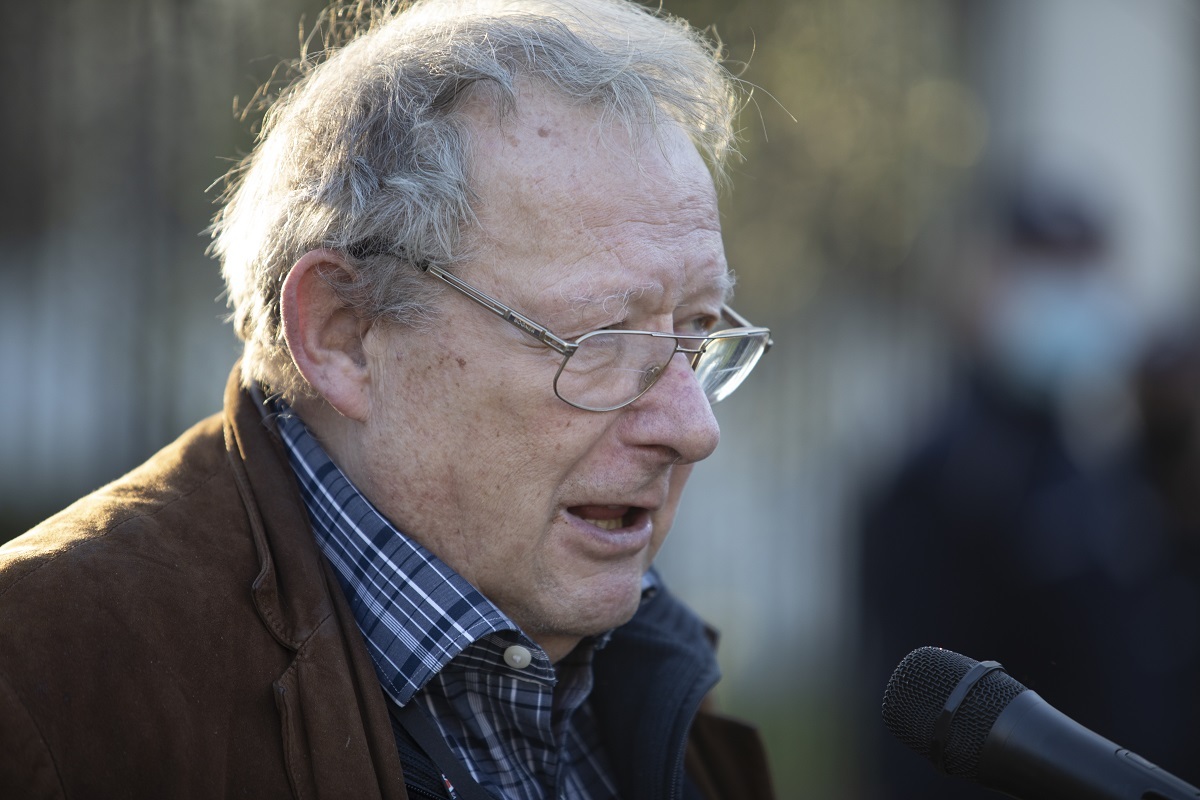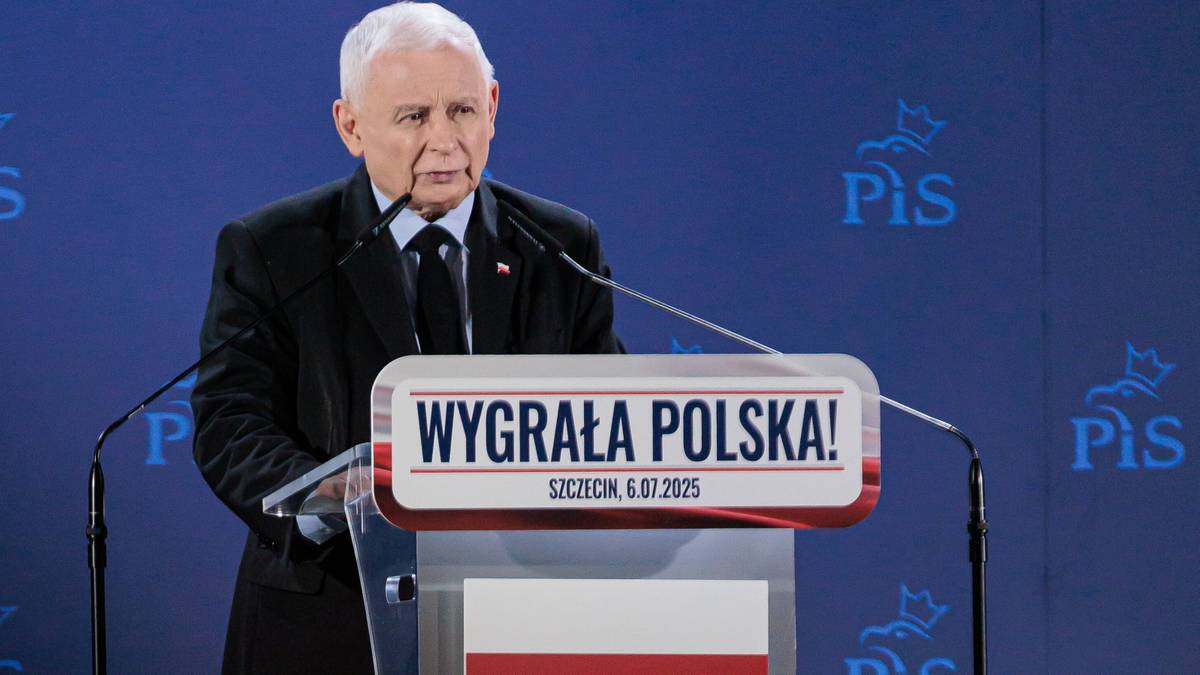In the local elections, voters in most municipalities will be able to cast 4 votes - 1 for councillors: gmina, powiat and voivodship, and 1 for election of mayor, mayor or city president. Each voter will receive a fewer ballots. The names of the candidates will be on a grey, yellow, blue or pink background. See what these colors mean and how to cast an crucial vote.
In the Sunday local elections, which will take place throughout Poland, we will elect over 46 1000 councillors, of which nearly 40 1000 to councils of municipalities, cities and cities, almost 6.3 1000 to the councils of powiats, 552 to Provincial Seymites, and more than 400 to councils of Warsaw districts. We will besides choice nearly 2.5 1000 municipalities and cities: 1464 mayors, 906 mayors and 107 city presidents. There were 31,456 voting circuits all over the country.
How to vote?
At the polling station, the voter will receive 4 or 3 ballot cards. The receipt of the cards must be signed in the list of voters. Take it with you to the place identity card or passport so that the committee can confirm the identity of the voter. This can besides be done with the mCitizen app.
"If the voter does not want to take part in any of the votes (...) he has to study it to the committee and then he will only take these ballots in the elections he wants to take part in" - reminded the head of the National Election Office Magdalena Pietrzak on Friday.
To vote, bet X (two intersecting lines) in a grid by the name of 1 candidate. Please note that only 1 X-sign can be placed on each card. A vote shall be voided if the voter in any of the boxes does not put an X mark or vote for more than 1 person.
The cards should be thrown into the urn so that the printed page was invisible. They can't be moved out of the polling station.
Colour background
All voting cards will be white, with candidate names will be printed on a coloured background.
Where voters will receive 4 ballots, the names of candidates will be based on: grey – in municipal councils elections up to 20,000 inhabitants and over 20,000 inhabitants, yellow – in elections to the territory council, blue – in the election to the provincial and pink in the mayoral election.
i Find out how to give an crucial vote.
Local elections already 7⃣ April❗️#Elections2024#communication#PKWpic.twitter.com/p00oG6gi8s
In cities with region rights, voters will receive Only 3 cards. On grey background will include names of candidates to the city council, on blue – to provincial seymites, and on pink – in the election of the city president. There are less electoral cards in cities with region rights, as they do not hold elections to territory councils.
The exception is Warsaw, where voters in addition to these 3 cards will receive an additional card in the election to the territory council - the names of candidates will be on it against the background yellow. W Warsaw and another cities with the rights of the territory residents choose only the city council and the city president (citys with the rights of the territory do not have separate bodies of the municipality and the district) and councillors to the provincial parliament. The residents of the capital besides vote for councillors.
Elections to municipal councils in municipalities up to 20,000 inhabitants will be held in single-mandate constituency, with 15 members of the council.
In elections to another councils: municipalities in the municipalities of more than 20 1000 inhabitants, cities with powiat rights, powiats, as well as provincial Sejm and councils in the districts of Warsaw, the elections are many and proportional. For the election of the council in the municipality of over 20,000 inhabitants, constituencies are created in which 5 to 8 councillors are elected.
In 1 territory in the city on the district's rights to division may be between 5 and 10 mandates. Urban councils can have a maximum of 45 members, but the Warsaw Council, which has 60 councillors.
Voter can return always just 1 vote, regardless of the number of seats per district. The terms of office shall be shared in proportion to the number of votes cast between the committees which have exceeded the 5-percent electoral threshold (d'Hondt method). The mandates go to candidates from the list who received the most votes.
Also in the elections to the territory councils there is simply a proportional and 5-proc system. electoral threshold. In each district, 3 to 10 councillors are elected. The voter may delete only 1 name on 1 of the lists regardless of the number of mandates to be filled.
Fifteen councillors are elected in districts with up to 40,000 inhabitants. 2 more tickets are awarded to each "started" 20,000 inhabitants. The region council has no more than 29 councillors.
There is besides 1 vote for the vote in the election for the Provincial Sejm. Electoral districts may vary very much in size - there may be 5 to 15 seats to fill. In voivodships with up to 2 million inhabitants, we elect 30 councillors and 3 additional for each 500 000 inhabitants started.
Second tour 21 April
Election venues will be open 7 a.m.. At the end of the vote at 21 p.m. The poll results will show the tv stations. The overall, authoritative results will gotta wait possibly a fewer days.
The mayors, mayors and city presidents have been elected straight since 2002. This means that the candidate who obtained more than half of the valid votes wins. If no of the candidates receive specified support, 2 candidates pass to the second circular with the best result. The second circular is scheduled for April 21.
In this year's elections - according to the amendment of the Electoral Code of January 2023 - only 1 circuit electoral commission will work at the electoral stations.
PAP
















